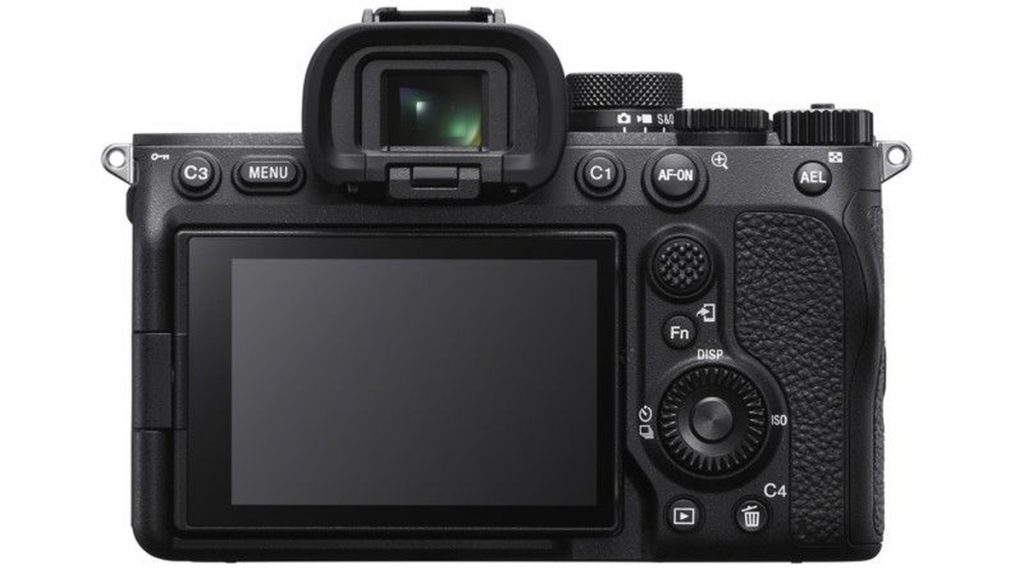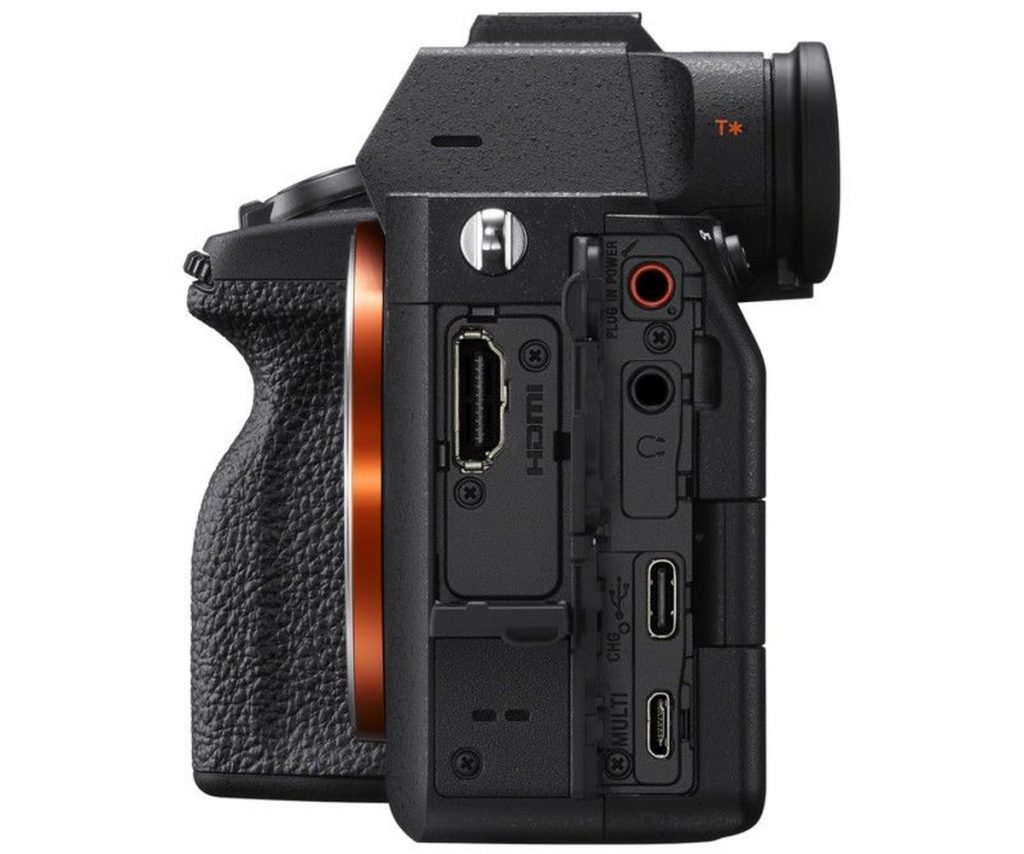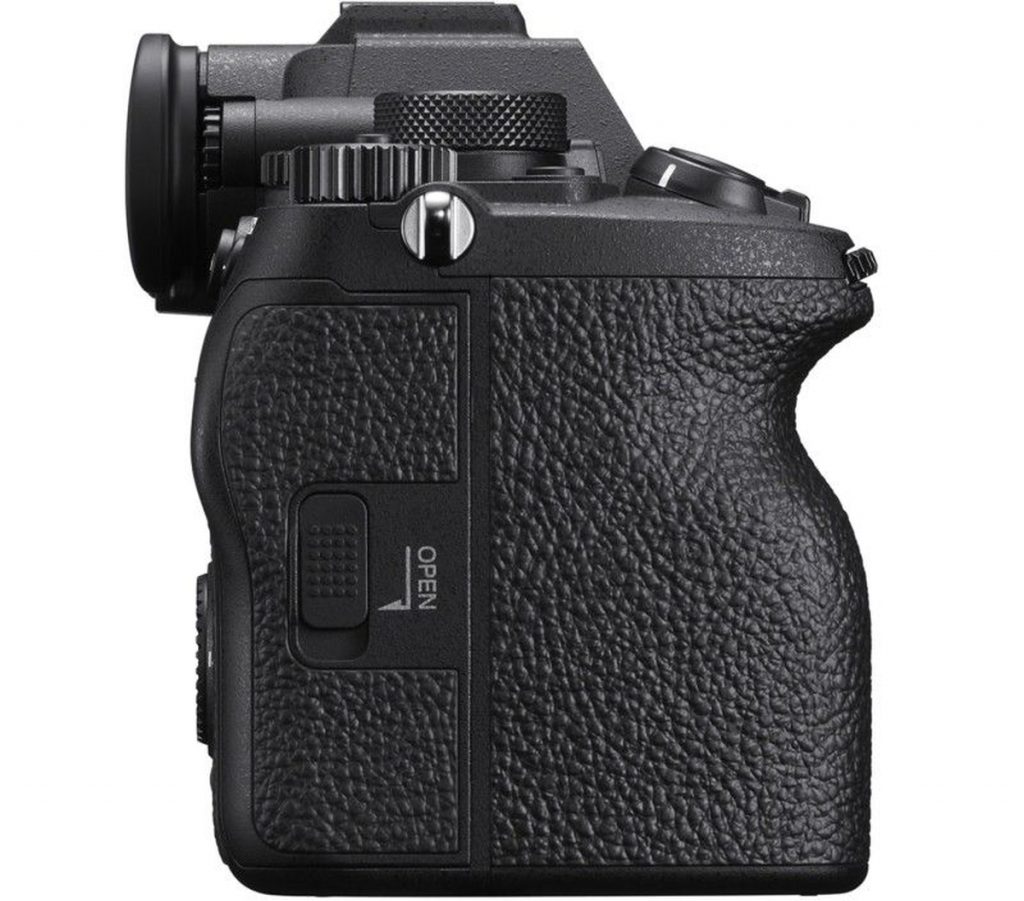While there’s always a lot of hype surrounding the Sony A7R and A7S, it’s usually the regular Sony A7 that interests me. It’s the one I think most people would actually buy. And despite its weaknesses, when the Sony A7 III launched, it was easily the best all-round full frame camera you could buy for the money. This year, Sony’s updating the fan-favourite with a couple of really nice features including a new sensor, new processor and new flippy screen. Meet the Sony A7 IV.
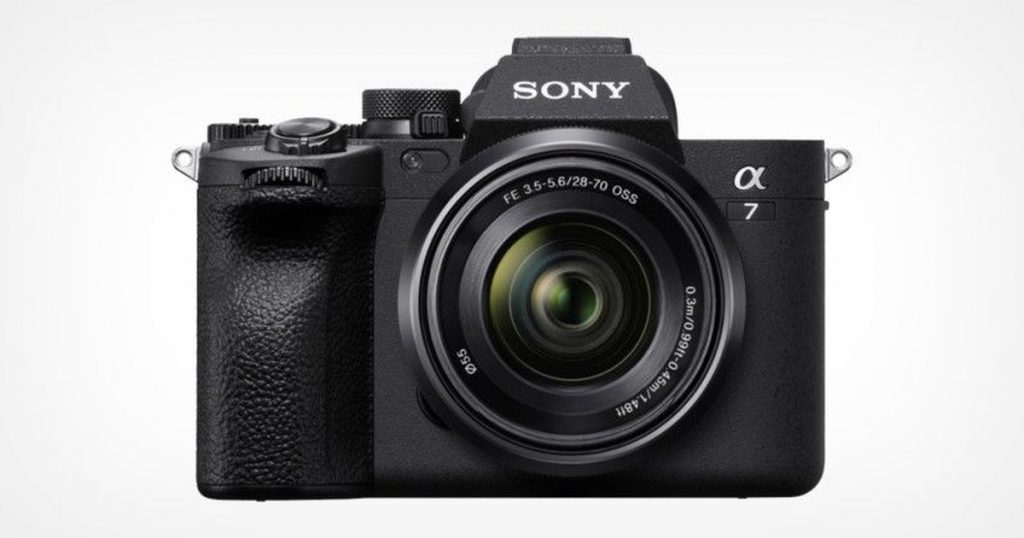
To start things off, the Sony A7 IV features a brand new 33MP back illuminated Exmor R full frame sensor. This is then paired with the Bionz XR processing engine that you’d find in their flagship A1 camera, which means you’ll get up to 10fps with AF/AE tracking and a large buffer so you can spray and pray all day.
Video shooters will also enjoy the up to 4K60p video mode, but it’s slightly cropped to Super 35mm. Uncropped, it will do up to 4K30p with 7K oversampling instead. That sounds pretty insane, but as reported by several reviewers who have gotten their hands on the device, the rolling shutter issue that was present in the A7 III is still present here when you shoot video in full frame.

Besides the internal upgrade, the A7 IV also receives a number of practical changes that I think are pretty swell. There’s an improved ergonomics package with a deeper grip, a brand new dual-layer mode dial, and the exposure compensation dial has been switched to a lockable, programmable dial instead. On top of that, the record button has now been moved to the top of the camera, making it way less of a hassle to hit the record button for shots where the camera is facing you or top-down shots.
The dual-layer dial now splits mode switching into two separate categories, with the lower dial letting you switch between video, photo and S&Q modes—which is similar to the Fujifilm X-T4, which I loved. Then, the top dial will let you swap between the usual PSAM settings letting you switch between them independently from photo and video.
I particularly appreciate the fact that the exposure comp dial is now a programmable dial. I never really used exposure comp in my workflow, so being able to assign something else to it sounds really good. The fact that it also locks is just the cherry on top.
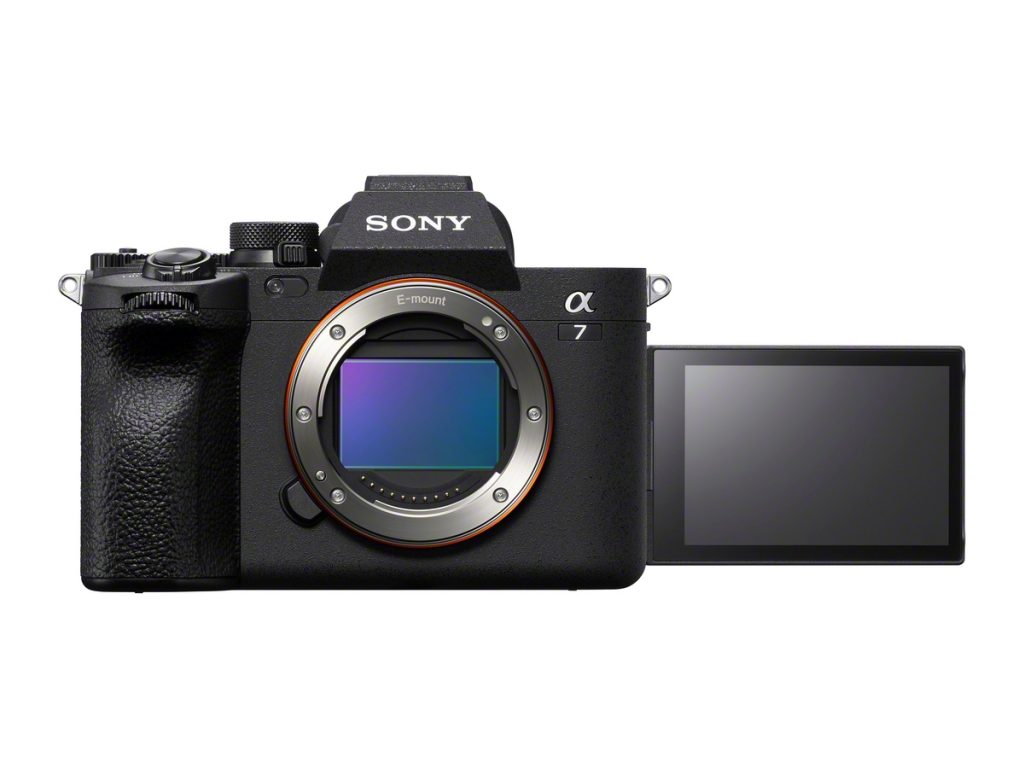
But, maybe my favourite practical change has to be the inclusion of a new fully articulating LCD touch display. It’s a 3″ panel with a 1.03 million-resolution. I’m particularly excited for this update because one of the things I despise the most about the A7 III is how inaccurate the LCD screen is to what is being captured. I’m not sure if it’s a contrast problem or some other technical issue, but the only way you’d get reliable exposure and colour is if you used the EVF. I hope this is fixed on the A7 IV.

Speaking of EVF, the A7 IV also gets an improved EVF, now sporting a 3.68 million-dot OLED screen instead. This means you get a 1.68x bump in resolution over its predecessor.
What’s more, the A7 IV now packs a CFexpress Type A compatible slot, a full sized HDMI port and improved thermal performance. According to Sony, users will be able to record 4K60p 10-bit 4:2:2 video continuously for over an hour without cutting off. Image stabilisation has also been improved with a new Optical Active Mode which honestly looks super impressive.
Also, one small change that I really appreciated is the one where both the headphone jack and mic jack are now accessible by opening just one door. Plus, the camera still uses the same NP-FZ1000 battery, which makes adding or upgrading to it much easier.
As a whole, I think the Sony A7 IV looks like a legit update over its predecessor. Sure, I’m disappointed to find that the rolling shutter issue has not been addressed, but everything else seems to be a welcomed update. It’ll be interesting to see how it stacks up against our A7 III when I get a chance to review it.
Sony Malaysia says that the camera will come into Malaysia from December 2021 onwards, but there’s so far no word on the pricing. In the US, the A7 IV retails for USD2,500 (~RM10,395).


